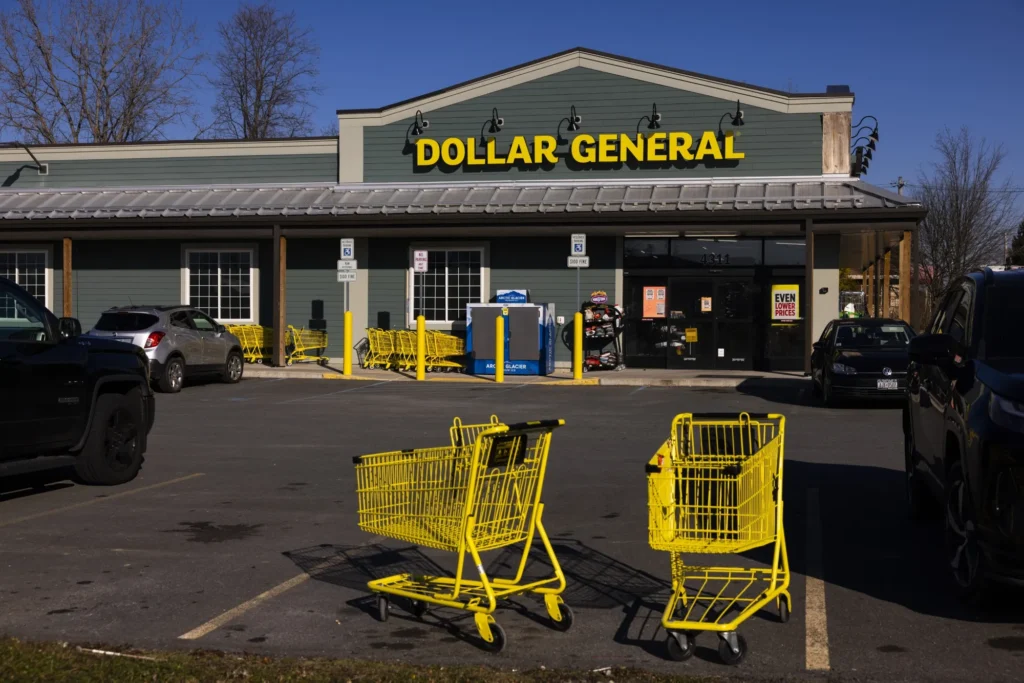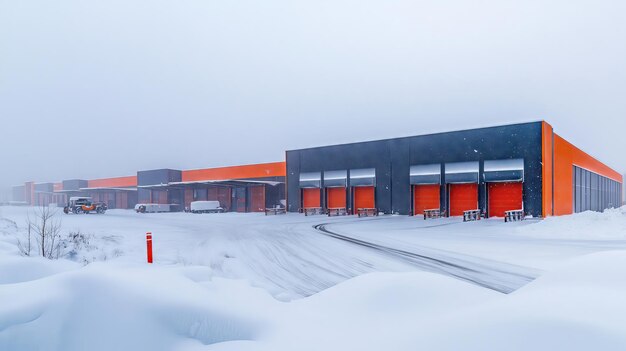
In today’s data-driven economy, marketers often forget the human element behind successful campaigns. Nowhere is this more evident than when comparing how brands navigate sales in Appalachian versus urban U.S. markets. These regions represent vastly different realities—economically, culturally, and even emotionally. For marketers aiming to master cultural distribution, it’s critical to understand these distinctions and how they shape customer behavior.
Let’s dive into how top brands tailor their sales tactics across these American cultural divides—and what lessons you can take away.
1. The Heart of Appalachia: Sales Rooted in Community and Trust
In Appalachian communities, relationships matter more than algorithms. Sales tactics here thrive on deep community engagement, word-of-mouth, and emotional authenticity.
Examples in action:
- Dollar General, with over 18,000 stores (many in rural Appalachia), succeeds not by flashy marketing but by being physically present and adapting their product mix to local needs—offering affordable staples and tobacco products where demand is strong.
- Chevrolet’s “Find New Roads” campaign leaned heavily on emotional storytelling and featured rugged, family-oriented narratives. The ads aired on local radio and TV stations in Appalachia, not just big-city billboards.
- Mountain Dew, originally a regional soda from Tennessee, has always embraced its Appalachian roots. Their “Do the Dew” campaigns often use imagery that resonates with rural youth culture—motocross, hunting, and backroad adventures.
In these areas, sales reps become neighbors, and local sponsorships (like supporting high school football teams or county fairs) create long-term brand loyalty.
Also Read : Can AI Build Trust with Consumers in Marketing?
2. Urban U.S. Markets: Fast-Paced, Data-Driven, and Diversity-First
Urban consumers are bombarded with choices, which makes storytelling and personalization both more challenging and more necessary. Brands that win here master micro-targeting, leverage digital platforms aggressively, and adapt to diverse, fast-evolving demographics.
Examples in action:
- Nike’s SNKRS App caters to urban sneakerheads, using geo-targeted drops and influencer marketing to tap into local cultures in New York, L.A., and Chicago.
- Sephora uses data from its app and Beauty Insider program to drive hyper-personalized promotions in metro areas. Their stores often reflect the cultural mix of neighborhoods, offering region-specific product lines.
- Chick-fil-A, though traditionally seen as a Southern brand, tailors its urban presence by updating store designs, expanding mobile ordering, and offering smaller-format locations to serve downtown foot traffic.
While Appalachia leans into personal trust, urban markets demand tech-backed speed and convenience. Both are valid, but wildly different expressions of cultural distribution.
continue reading…


